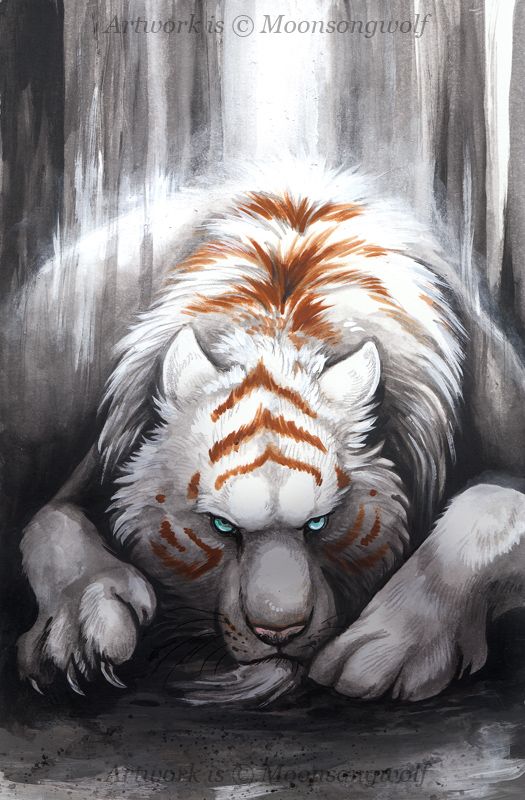

As for manuscript illustration, miniature paintings were integral parts of these works of art as visual aids to the text, therefore no restrictions were imposed. In some cases, decorative images are closely related to the narrative painting tradition, where text illustrations provided sources for ornamental themes and motifs. Figural motifs are found on the surface decoration of objects or architecture, as part of the woven or applied patterns of textiles, and, most rarely, in sculptural form. As ornament, however, figures were largely devoid of any larger significance and perhaps therefore posed less challenge.Īs with other forms of Islamic ornamentation, artists freely adapted and stylized basic human and animal forms, giving rise to a great variety of figural-based designs. Iconoclasm was previously known in the Byzantine period and aniconism was a feature of the Judaic world, thus placing the Islamic objection to figurative representations within a larger context.

Partially as a result of this religious sentiment, figures in painting were often stylized and, in some cases, the destruction of figurative artworks occurred.

The Qur’an is less specific but condemns idolatry and uses the Arabic term musawwir (“maker of forms,” or artist) as an epithet for God. The strongest statements on the subject of figural depiction are made in the Hadith (Traditions of the Prophet), where painters are challenged to “breathe life” into their creations and threatened with punishment on the Day of Judgment. The Islamic resistance to the representation of living beings ultimately stems from the belief that the creation of living forms is unique to God, and it is for this reason that the role of images and image makers has been controversial. Although the often cited opposition in Islam to the depiction of human and animal forms holds true for religious art and architecture, in the secular sphere such representations have flourished in nearly all Islamic cultures. Ornamentation in Islamic art came to include figural representations in its decorative vocabulary, drawn from a variety of sources. With the spread of Islam outward from the Arabian Peninsula in the seventh century, the figurative artistic traditions of the newly conquered lands profoundly influenced the development of Islamic art.


 0 kommentar(er)
0 kommentar(er)
